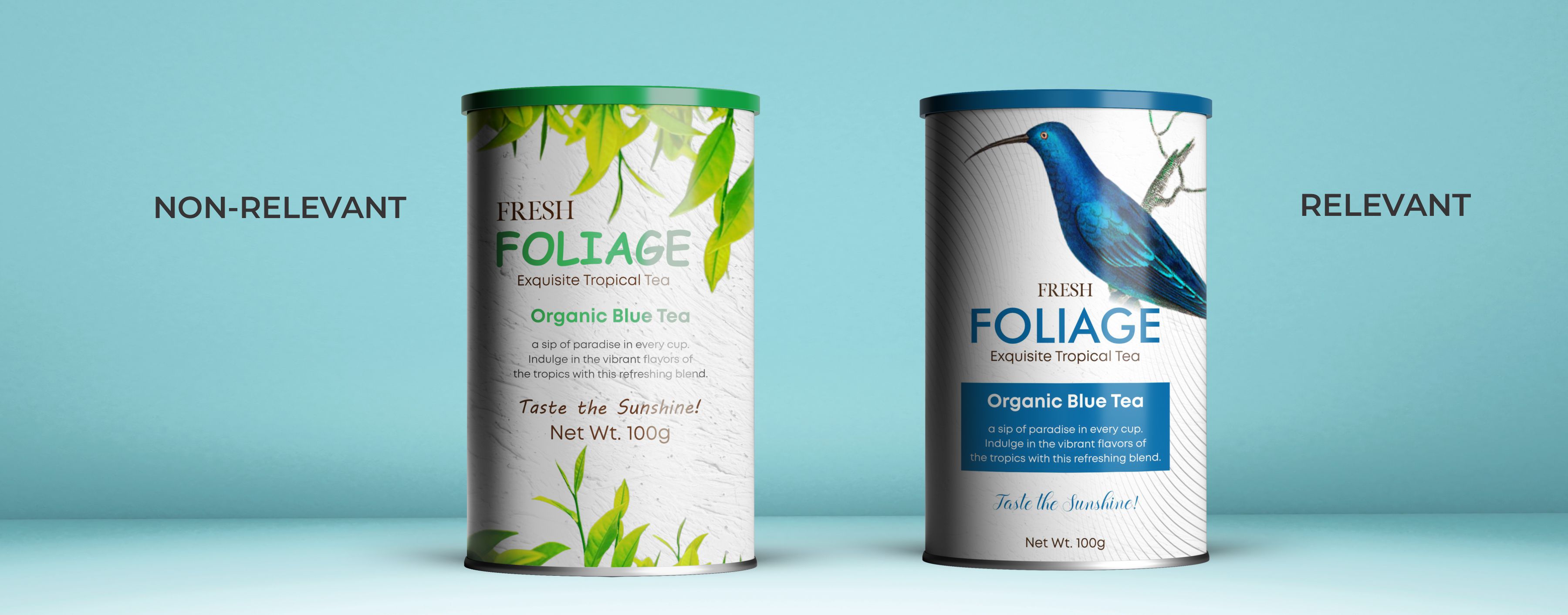 In today's retail landscape, where consumers are bombarded with choices, creating a product that stands out and captures the consumer's imagination is essential. While product quality is undoubtedly crucial, the packaging, specifically the label, is often the first point of contact between your product and the consumer. In this blog, we'll explore the profound impact a beautiful and relevant label can have on your product's success in the retail market, all of which can be logically connected to consumer and buyer psychology
In today's retail landscape, where consumers are bombarded with choices, creating a product that stands out and captures the consumer's imagination is essential. While product quality is undoubtedly crucial, the packaging, specifically the label, is often the first point of contact between your product and the consumer. In this blog, we'll explore the profound impact a beautiful and relevant label can have on your product's success in the retail market, all of which can be logically connected to consumer and buyer psychology
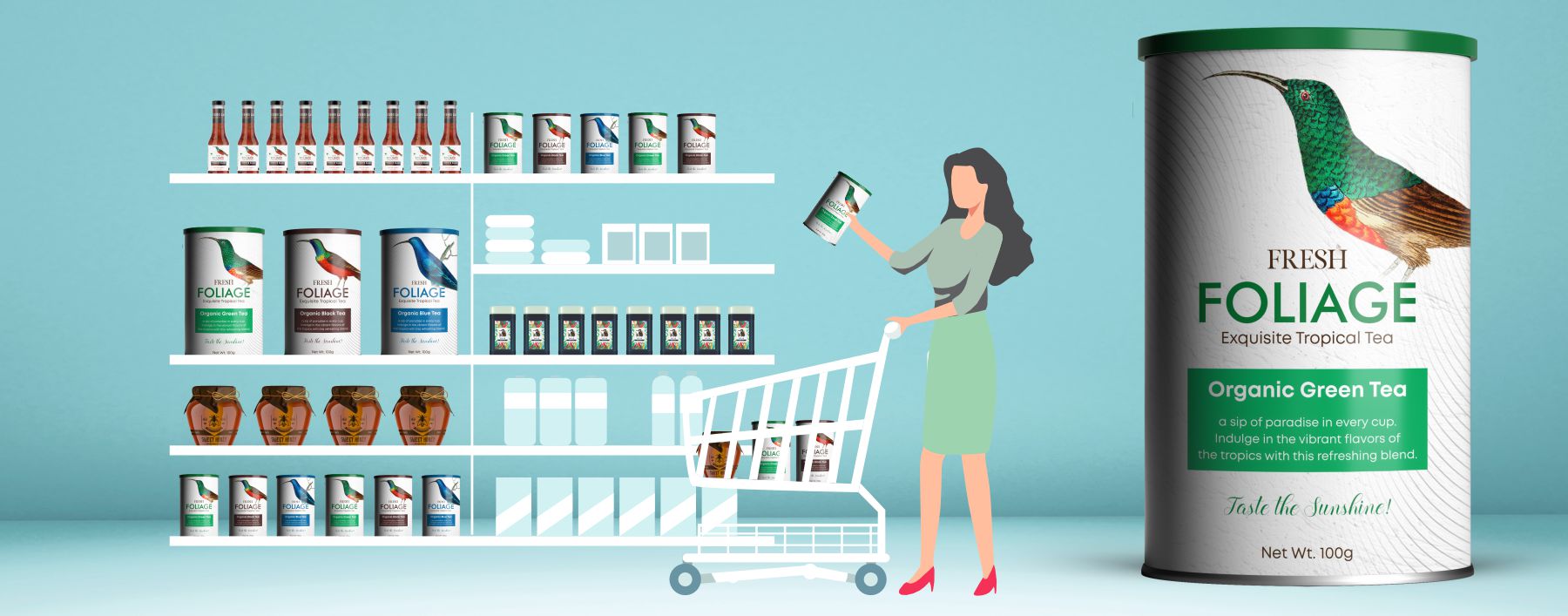 First Impressions Matter
First Impressions Matter
Humans are hardwired to make quick judgments. In a retail setting, a product has only a few seconds to make a positive impression. A label that's well-designed and visually appealing immediately engages the consumer's senses. It sends a message that your product is worth their time, and it can pique their curiosity.
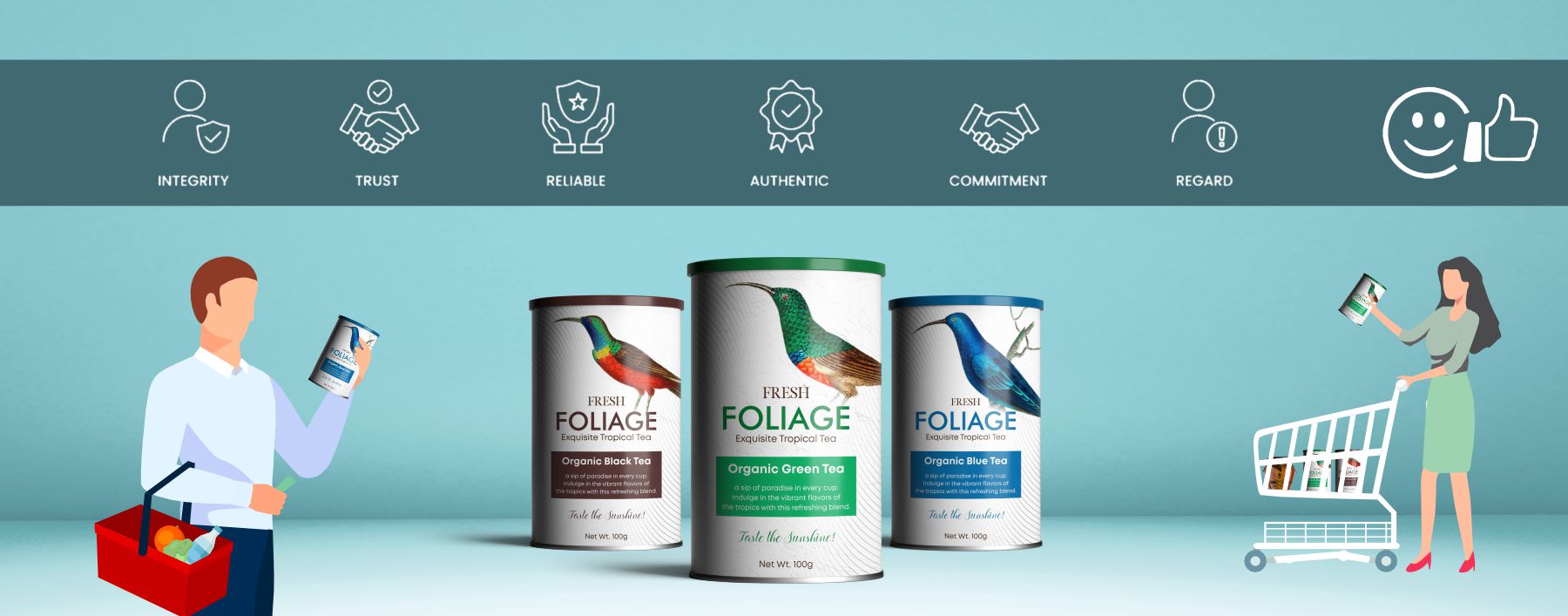 Consumer Trust and Credibility
Consumer Trust and Credibility
Consumers tend to associate a well-designed and aesthetically pleasing label with professionalism and quality. It's a psychological phenomenon – if a brand invests in the presentation of its product, it's perceived as trustworthy. This trust is a vital component of the decision-making process for shoppers.
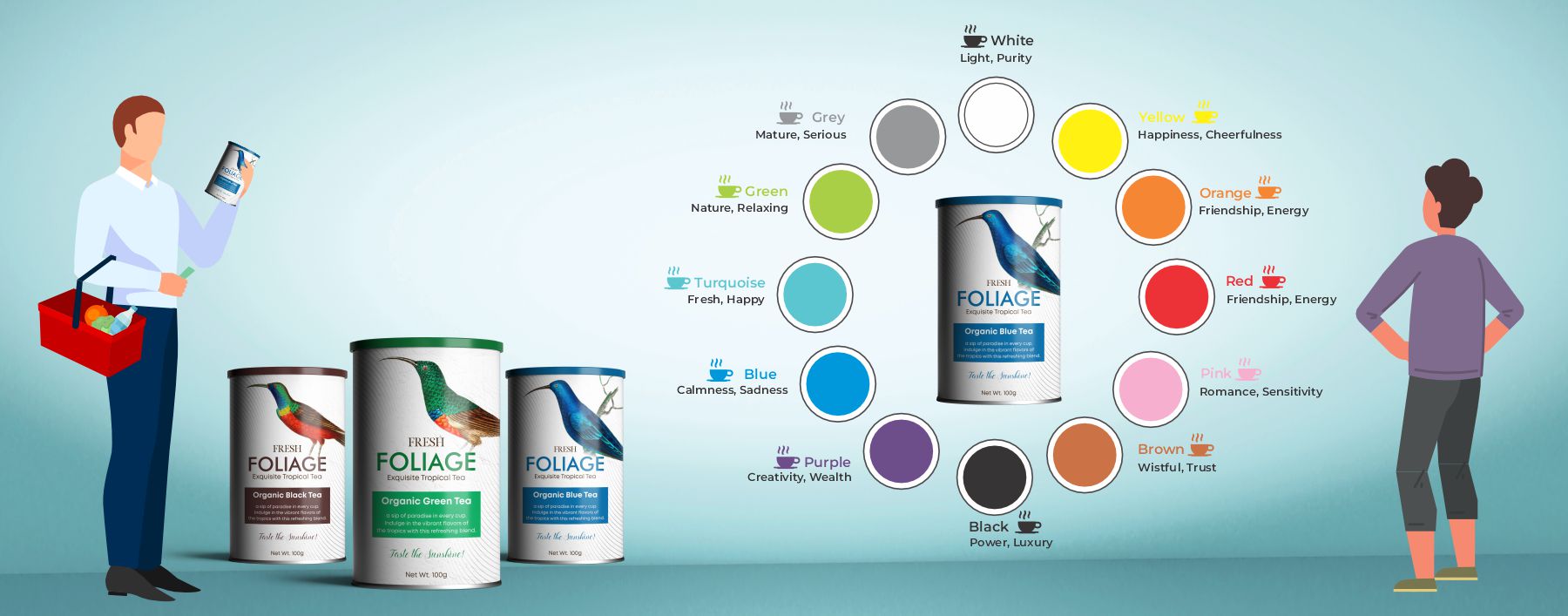 Emotional Connection
Emotional Connection
Human beings are highly emotional creatures, and the colors, graphics, and text on your label can evoke specific emotions. For example, warm colors like red and orange can create a sense of excitement, while soft blues and greens may convey a feeling of tranquility. A label that resonates emotionally with the target audience has a higher chance of making a sale.
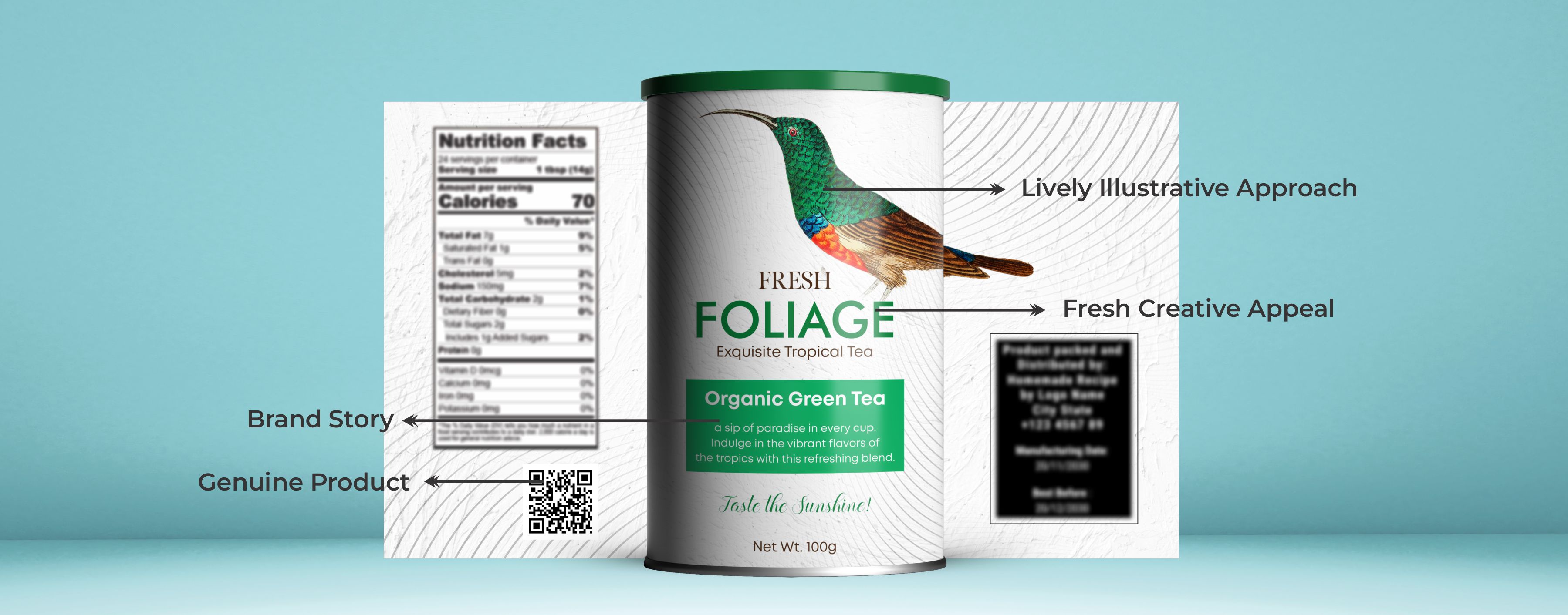 Relevance to the Target Audience
Relevance to the Target Audience
A label that's relevant to the target audience can instantly grab their attention. It's not just about aesthetics; it's about whether the label speaks to the consumer's desires, needs, and aspirations. Understanding your audience's psychology is key to creating relevance, which can be conveyed through imagery, language, and design elements.
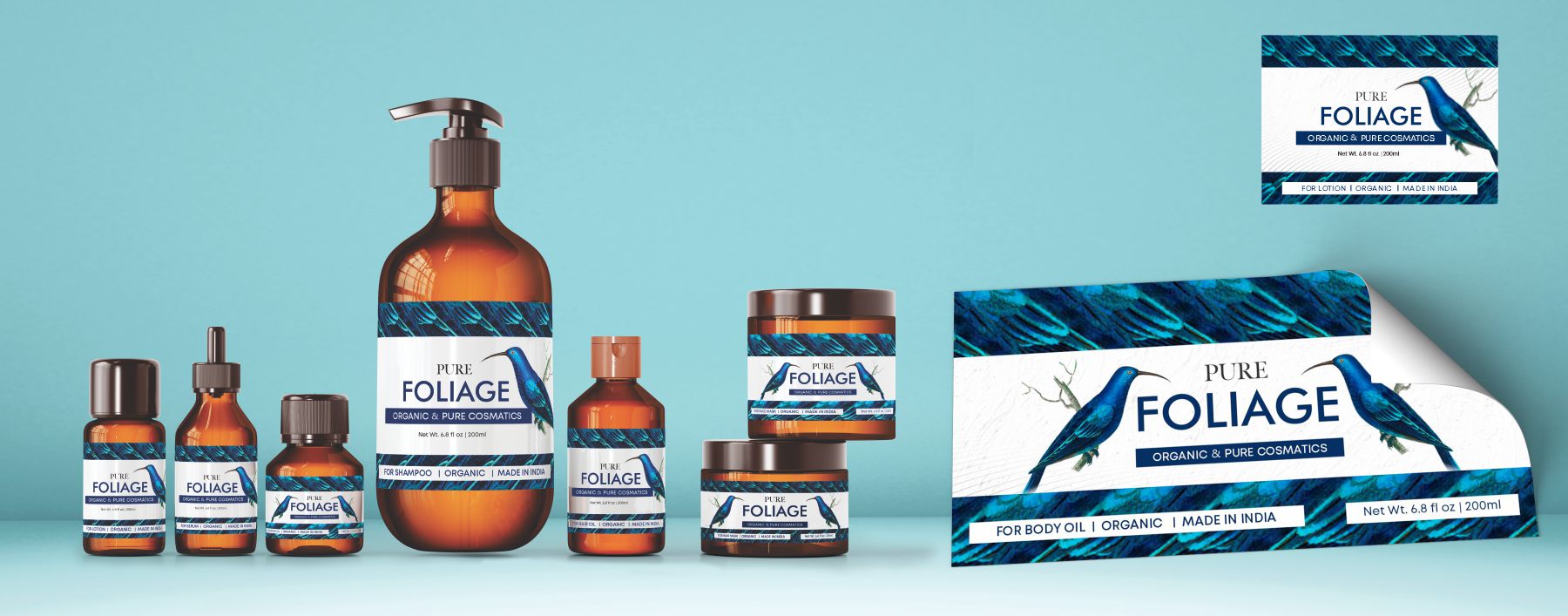 Brand Recognition
Brand Recognition
Consistency in label design is crucial for building brand recognition. When a consumer recognizes a label, it triggers a sense of familiarity and trust. Over time, your product label can become a powerful symbol of your brand, making it easier for consumers to choose your product over others.
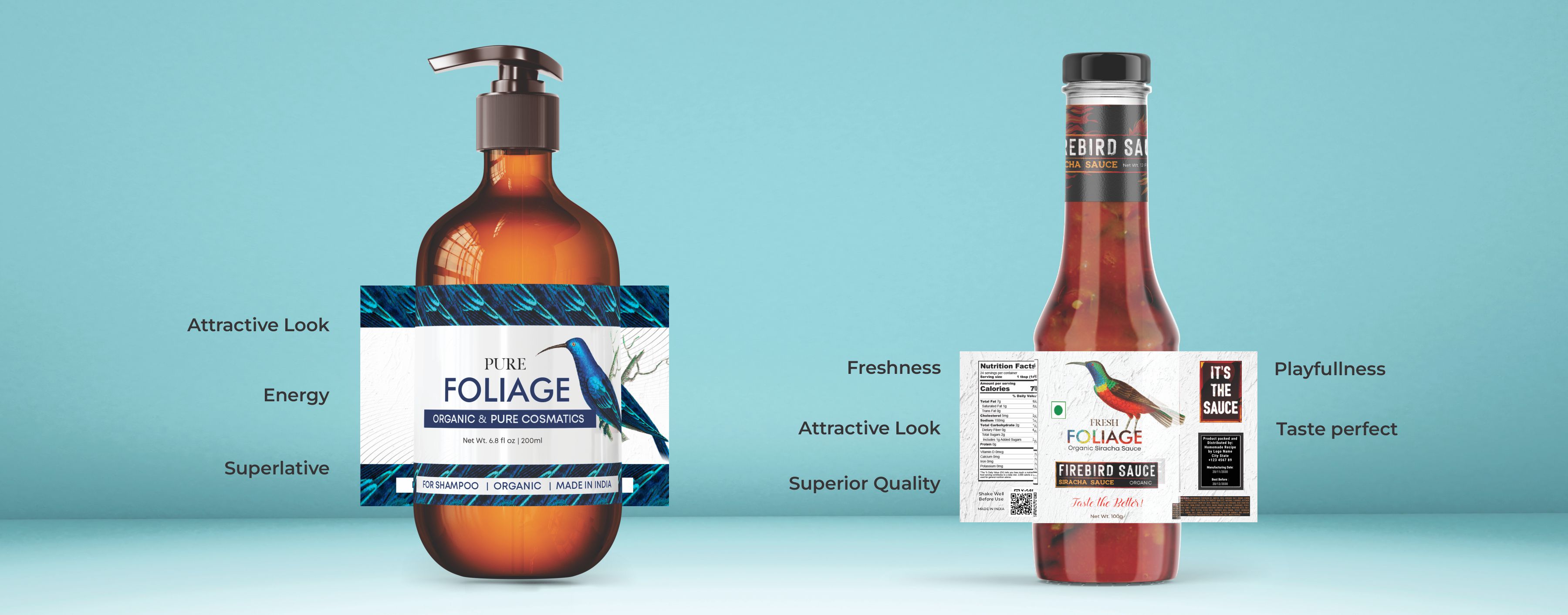 The Power of Storytelling
The Power of Storytelling
Labels can tell a story. Storytelling is a powerful way to connect with consumers. A label that conveys a narrative, whether it's the story of your brand's journey, the sourcing of your ingredients, or the impact of your product, can emotionally engage consumers and make them feel more connected to your brand.
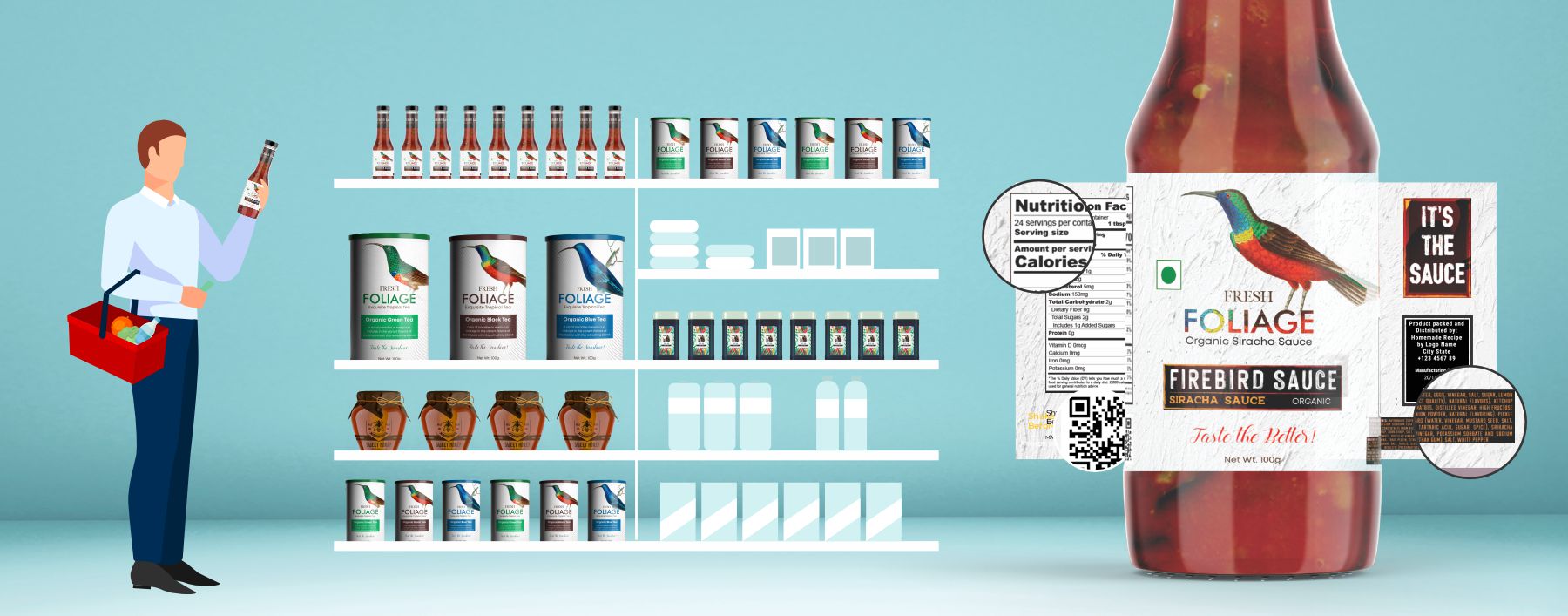 Ease of Information Processing
Ease of Information Processing
The human brain seeks simplicity and order. A well-structured label makes it easy for consumers to find and process information. If your label is cluttered and confusing, it's likely to turn consumers away. In contrast, a clean, well-organized label can reassure buyers that they are making an informed decision.
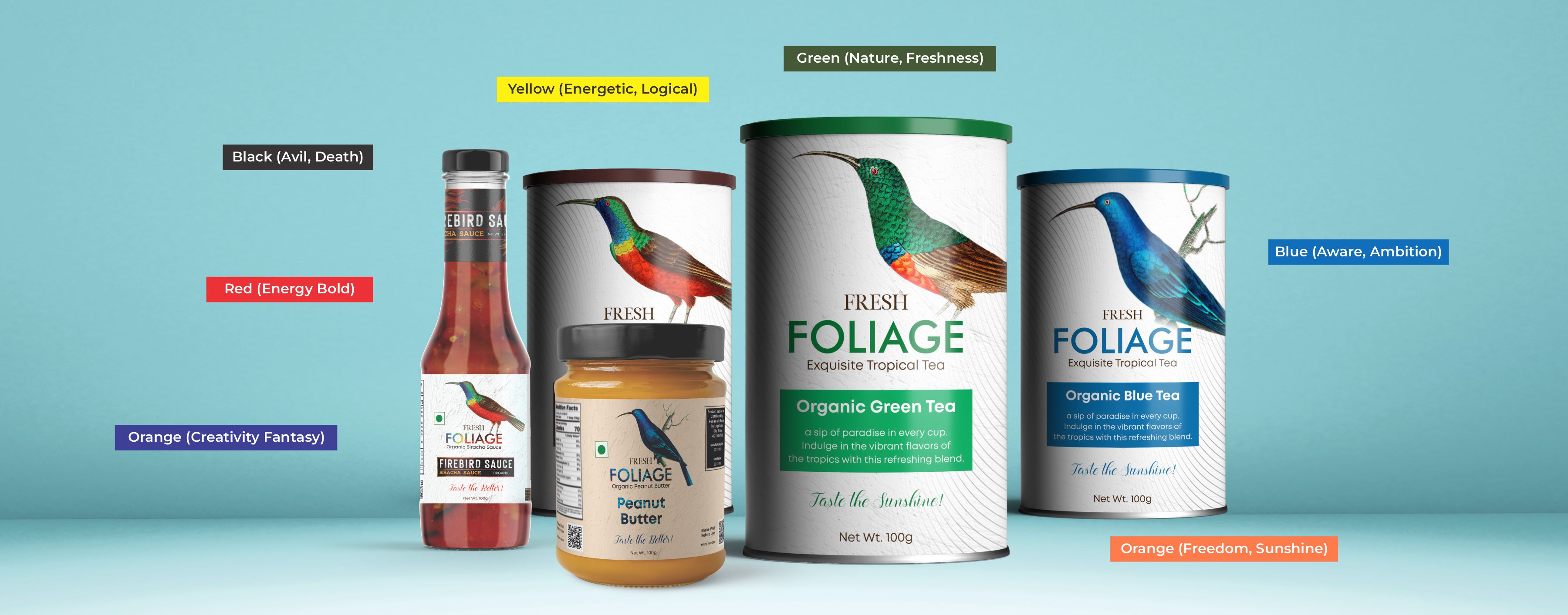 Color Psychology
Color Psychology
The psychology of color is a well-researched field, and different colors can evoke specific responses in consumers. For instance, green is often associated with health and freshness, red with excitement, and blue with trust. Understanding and utilizing color psychology in your label design can influence consumer perceptions and behavior.
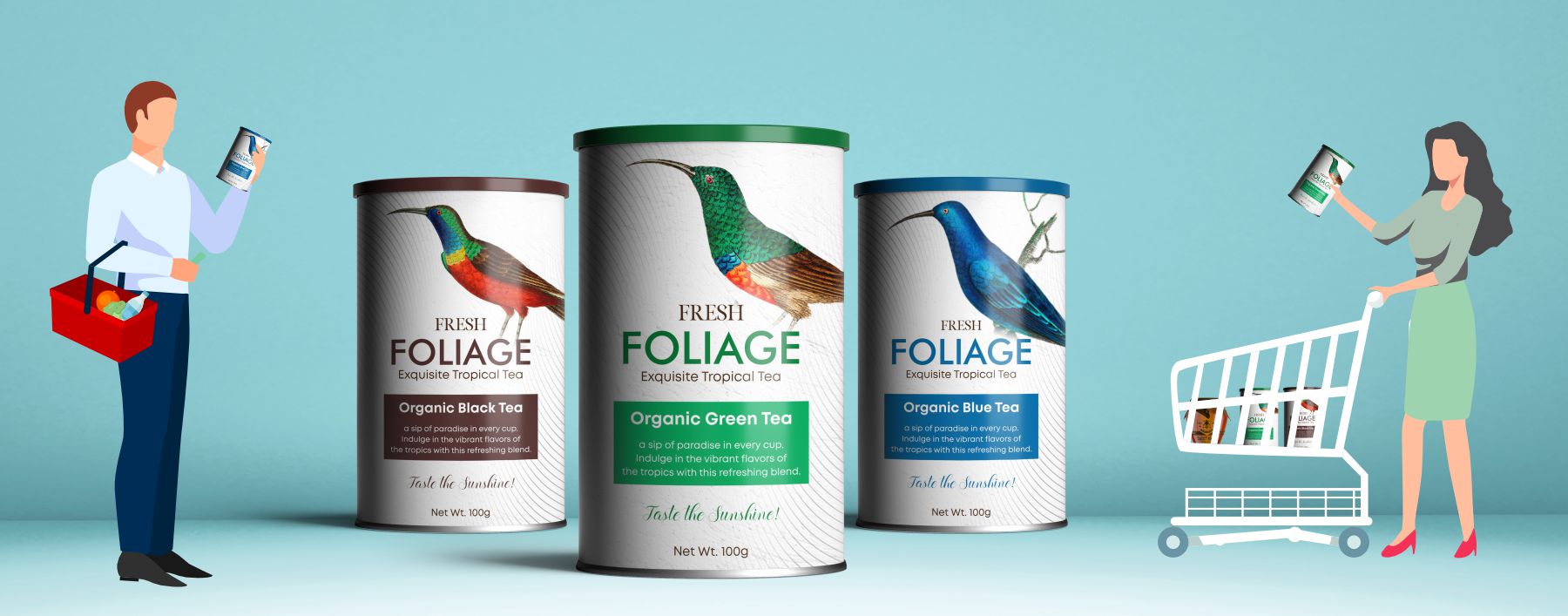 Consumer Decision-Making
Consumer Decision-Making
In the retail environment, consumers often make split-second decisions. A label that effectively communicates the product's key benefits and differentiators can sway these decisions. Consumers want to know what's in it for them, and a relevant label that answers this question can be a game-changer.
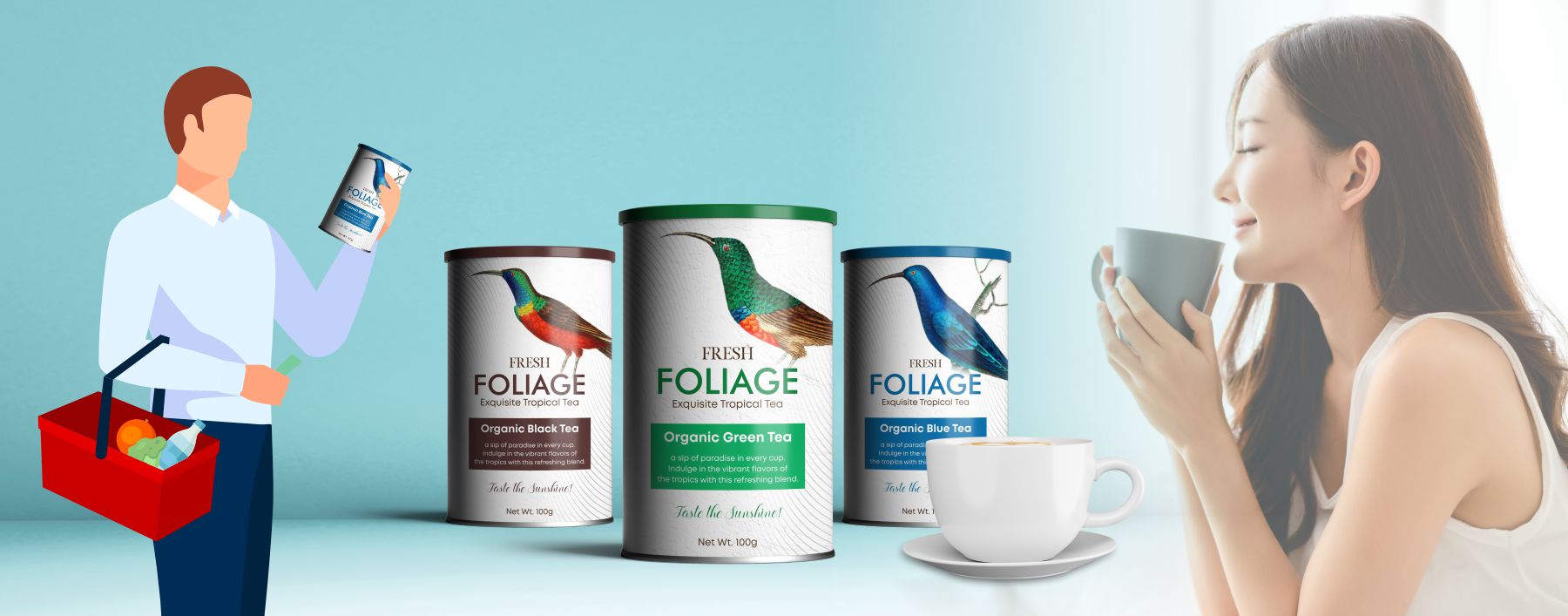 Memorability and Word of Mouth
Memorability and Word of Mouth
A label that is visually striking and emotionally engaging has a higher chance of being remembered. When a consumer is asked for product recommendations, they are more likely to suggest products with labels that made an impact. This can lead to organic word-of-mouth marketing, which is a powerful driver of sales.
Conclusion
In the competitive world of retail, it's no longer enough to have a great product; you need an edge to make your product stand out on the shelves and resonate with consumers. A beautiful and relevant label is your gateway to consumers' hearts and minds. It influences their trust, emotions, and perceptions. It's a tool for storytelling and brand recognition. Moreover, it simplifies the decision-making process, utilizes color psychology, and engages consumers on a deeper level.
A well-crafted label isn't just an accessory; it's a strategic tool that can change the game for your products in the retail market. By understanding and leveraging consumer psychology, you can create a label that is not only aesthetically pleasing but also compelling and highly effective in the consumer's decision-making process. Your label is the first impression you make, and as we all know, first impressions matter immensely in the world of retail.